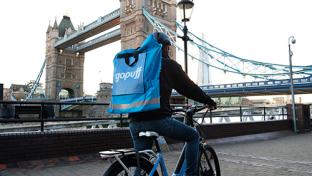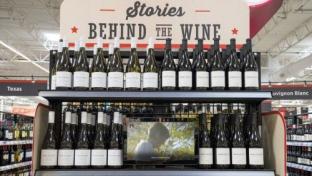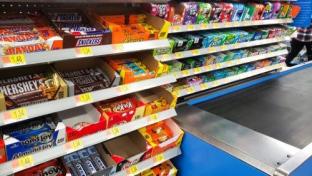Embracing Change and Capturing Sales Through Impulse Purchases

As the impulse category faces challenges from the growth of e-commerce and self-checkout in grocery and mass retailers, it’s crucial for retailers to navigate this changing landscape carefully. While customers demand the convenience of curbside pickup, delivery and self-checkout options, it’s essential not to overlook the potential of the impulse category.
Let’s dive into the world of impulse, where sudden inclinations and unpremeditated actions ignite incremental purchases. Traditionally, impulse refers to products that customers purchase on a whim or without premeditation that are strategically displayed in high-traffic areas such as checkout counters, clip strips, corrugate displays and end caps.
[Read more: “Cracking the Code on Impulse Buying”]
Applying the 3 Ps
To get a better understanding of the category, let’s explore impulse through the lens of the three Ps (placement, pricing and promotion) to discover how retailers can tap into its power:
Placement: Retailers can leverage the allure of products displayed in high-traffic areas like the checkout or the end of aisles, to tempt customers with an unplanned purchase. Retailers need to implement cross-merchandising and high-traffic planogram strategies for a real sales boost.
Pricing: Impulse items are typically lower-priced and strategically designed to tap into emotional drivers, fueling incremental purchases and a basket-building frenzy. Think confectionery goodies, kitchenware, toys, magazines, small electronics and so much more.
Promotion: These items should be highlighted as “new,” “now trending,” or “limited edition” products, and cross-merchandised to disrupt habits and delight customers with exciting new offerings. Retailers have a plethora of agile strategies they can employ, from captivating in-store displays to irresistible product sampling and cross-selling techniques.
“Impulse sales are a shared opportunity for suppliers and retailers,” affirmed Mark Dueschle, a strategic advisor and senior executive with 30 years’ experience in the consumer packaged goods and technology industry. “Shoppers visit the store with an intention or trip mission, and when interrupted by ‘innovative’ and ‘fun’ products that delight the shopper, the shopper makes the choice to add the item to their basket ... at margins that are typically two to three times those of core or basic food items. A $6 general merchandise item delivers as much profit as $100 of groceries. The offering delights the shopper and the profits delight the retailer – a true win-win.”
Digital tools are also very important to drive incremental sales with impulse. Agile retailers harness the power of beacons, mobile apps and social media to shower customers with personalized offers and recommendations, sparking impulse purchases in real time. The advent and rise of retail media networks offer even more thrilling opportunities to push the impulse category to new heights.
Although the advent of self-checkout, curbside pickup and e-commerce might pose challenges for the category, agile retailers can stay ahead of the pack by using product placement and captivating in-store displays, even at self-checkout kiosks, to drive online consumption after the customer leaves the store. As e-commerce continues to grow, retailers must adapt with targeted ads, personalized recommendations and alluring special offers.
The impulse category may be evolving, but it’s far from vanishing. Agile retailers are masters of adaptation, crafting personalized and immersive shopping experiences that captivate both in-store and online.
Retailers should never abandon the impulse category. With an agile spirit, there’s a multitude of ways to keep those baskets brimming with revenue, and remember, your trusted supplier partners stand ready to help you seize every opportunity to capture those incremental sales. Building baskets is a vital retail key performance indicator, and impulse is the secret sauce behind it all. Happy selling!







